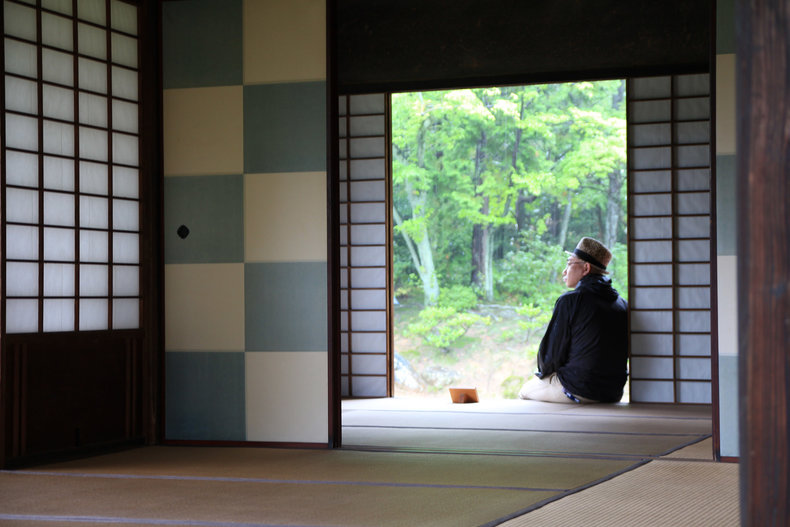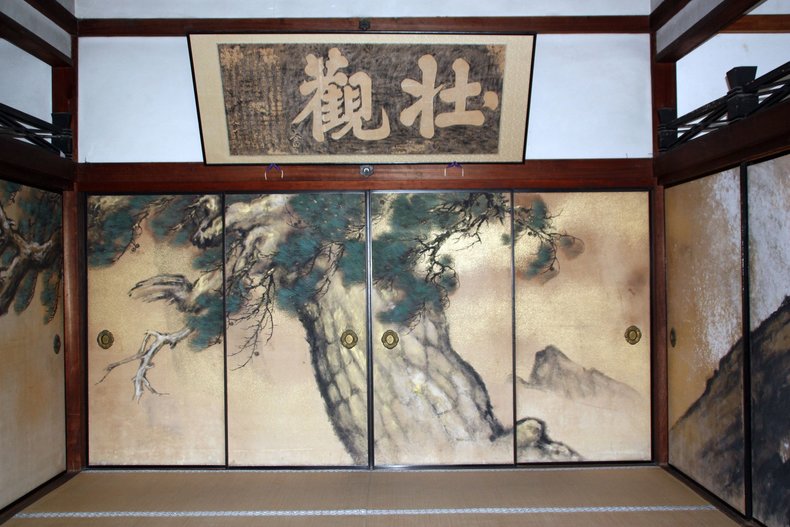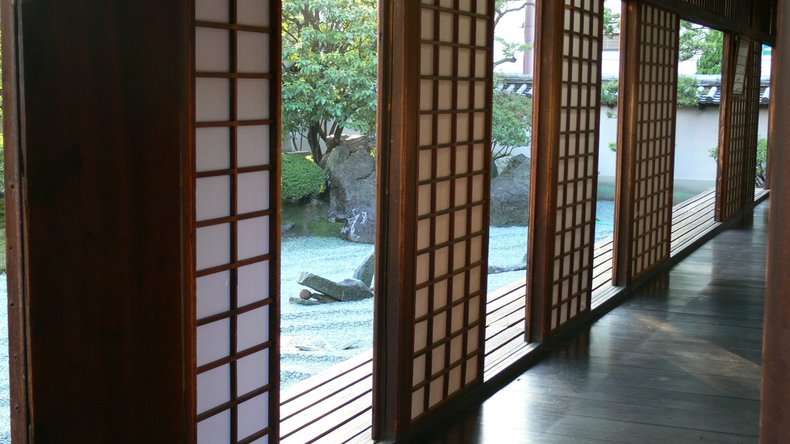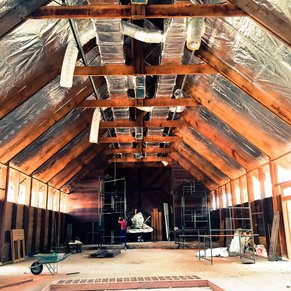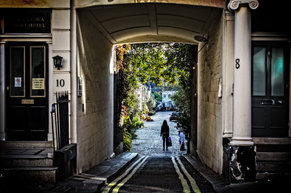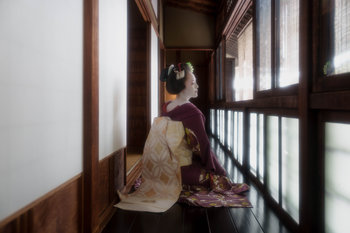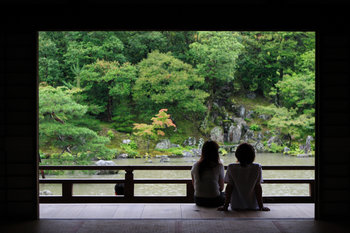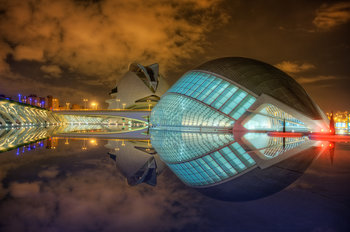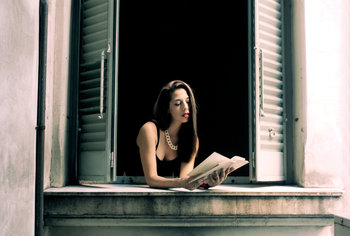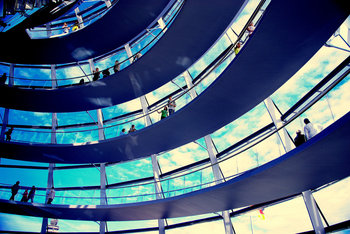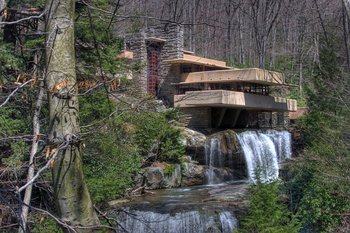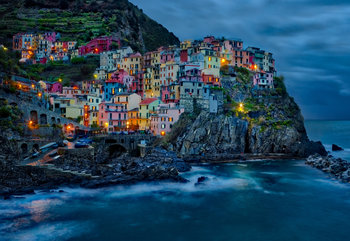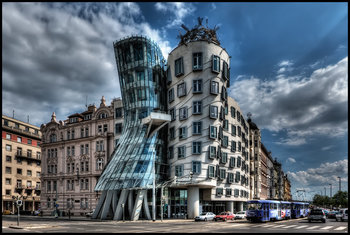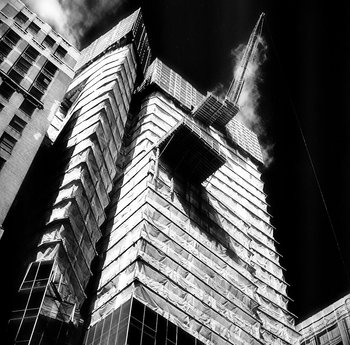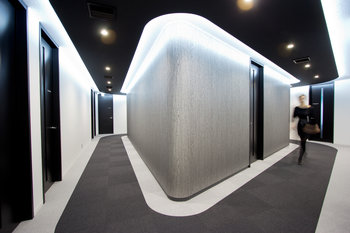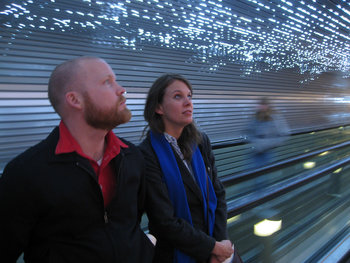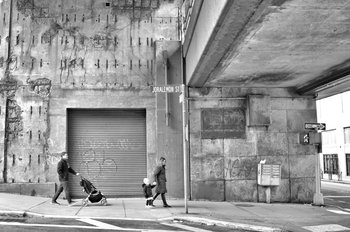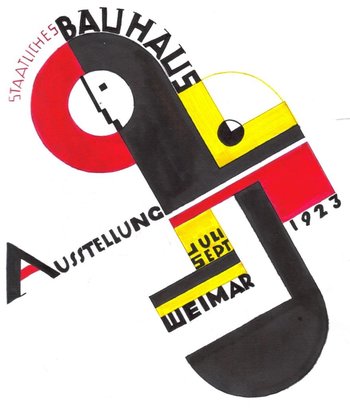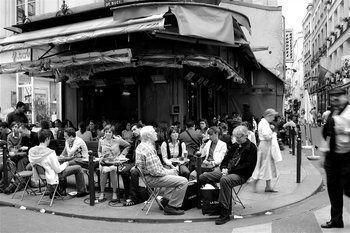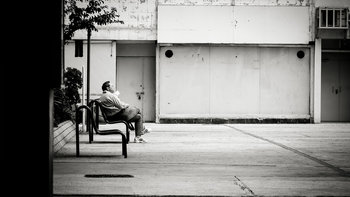|
| |
Fusuma are traditional Japanese room separators constructed with paper or cloth in a wooden frame. They are typically solid and don't allow light through. In palaces and temples they may be decorated with artwork such as paintings. In homes, hotels and restaurants they are typically a solid color, usually white.Shoji are traditional Japanese room dividers and windows that consist of translucent paper in a wooden latticework frame.
Fusuma vs ShojiFusuma and Shoji are similar architectural elements that are both designed to slide on a wooden track. They conserve space as compared with western doors that swing into a room. In many cases, both shoji and fusuma allow rooms to be dynamically reconfigured.The primary difference between fusuma and shoji is that fusuma are opaque. Although fusuma may be constructed from paper it is typically a thick course grained paper that isn't translucent. Shoji on the other hand are made from a thin waxed paper that lets light through.
WindowsShoji may be exterior facing where they act as a window, door and wall. In this case, there is usually an outer layer of wooden storm shutters known as amado that are shut in the evenings or in bad weather. Amado are often thick undecorated wooden planks on wooden tracks that have a secure feel.Interior LightShoji give an interior an intimate feel as shadows are cast from one room to the next. They allow natural light to travel through a structure to reach deep into an interior.Fusuma may also allow for light to reach interiors as they are commonly left open during the day creating large open rooms.|
| Fusuma | Shoji | Function | Interior doorInterior partition | Interior doorInterior partitionWindowExterior wallExterior door | Construction | Wood framePaper or clothMounted on wooden track | WoodWaxed paperMounted on wooden track | Light Properties | Opaque | Translucent | Frame | Rectangular | Latticework |
Architecture
This is the complete list of articles we have written about architecture.
If you enjoyed this page, please consider bookmarking Simplicable.
A list of Japanese architecture styles, techniques and elements.
A complete overview of the Japanese aesthetic of wabi-sabi.
An overview of architecture with examples.
A list of common architectural technologies.
An overview of night architecture.
The difference between active and passive design.
A definition of universal design with examples.
The common types of passive lighting.
The common types of architectural acoustics.
An overview of parti pris in architecture with an example.
A definition of genius loci with examples.
An overview of massing in architecture.
A definition of compressive strength.
TrendingThe most popular articles on Simplicable in the past day.
Recent posts or updates on Simplicable.
Site Map
© 2010-2023 Simplicable. All Rights Reserved. Reproduction of materials found on this site, in any form, without explicit permission is prohibited.
View credits & copyrights or citation information for this page.
|
